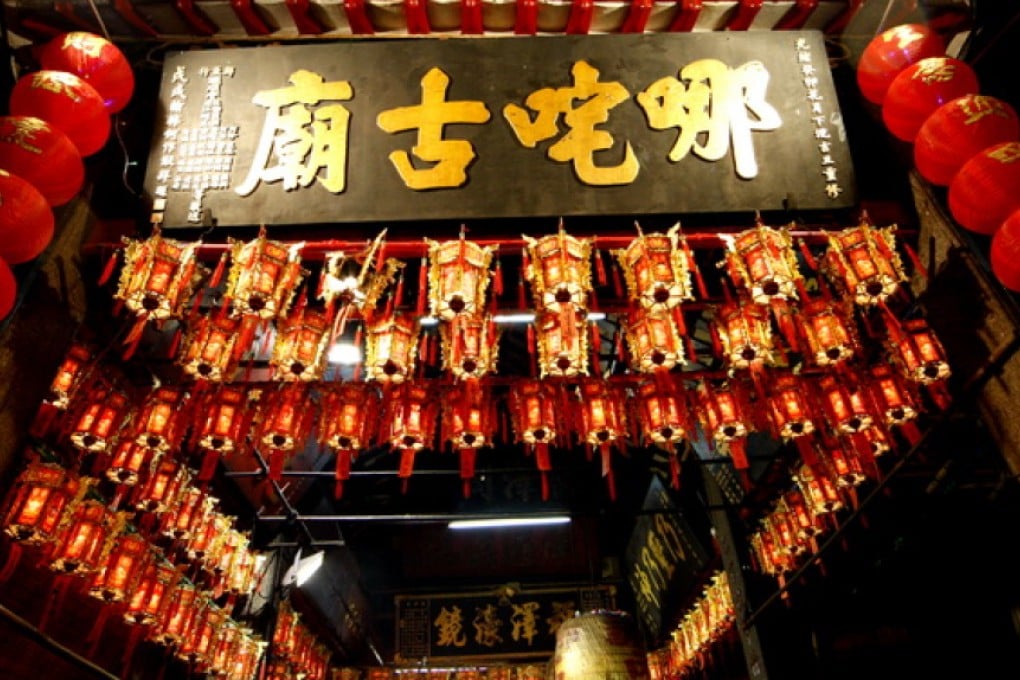Festivals open door to Macau's Chinese heritage
Summer is among the best times to explore city as many Chinese festivals take place then

Macau’s Chinese traditions are often overlooked as people focus on its extremes – the Las Vegas-style Cotai Strip that is home to the leading integrated resort in the region, or the historical areas from its past as a Portuguese enclave that are included among Unesco’s World Heritage Sites.

Summer is among the best times to explore Macau’s Chinese roots as many Chinese festivals take place then. Other than the Tuen Ng Festival that wrapped up on May 30, with exciting dragon boat races on Nam Van Lake, there are many in the coming weeks that are equally important.
Also this month is the Feast of Na Tcha on the 18th day of the fifth lunar month, which is June 12 this year. Na Tcha, a figure in Taoist mythology, was a child born with magical powers and a mischievous personality. After getting into trouble killing a son of the King of Dragons to save his friend from being kidnapped, he sought to calm the ensuing chaos by carving his flesh and bones and “returning” them to his parents. He later came back to life through a “body” constructed with a lotus. He has become a deity upholding justice.
There are two Na Tcha Temples. The older one is on Calcada das Verdades near Tv. de Dom Quixote. The story goes that when a plague struck Macau, this neighbourhood was free of infection. Local residents believe Na Tcha shielded the area from the outbreak, and they organised a parade around town with the deity’s statue to restore health to all residents. When the plague was over, they built another Na Tcha Temple near the Ruins of St Paul. It is part of the old city’s World Heritage Monument site today.
